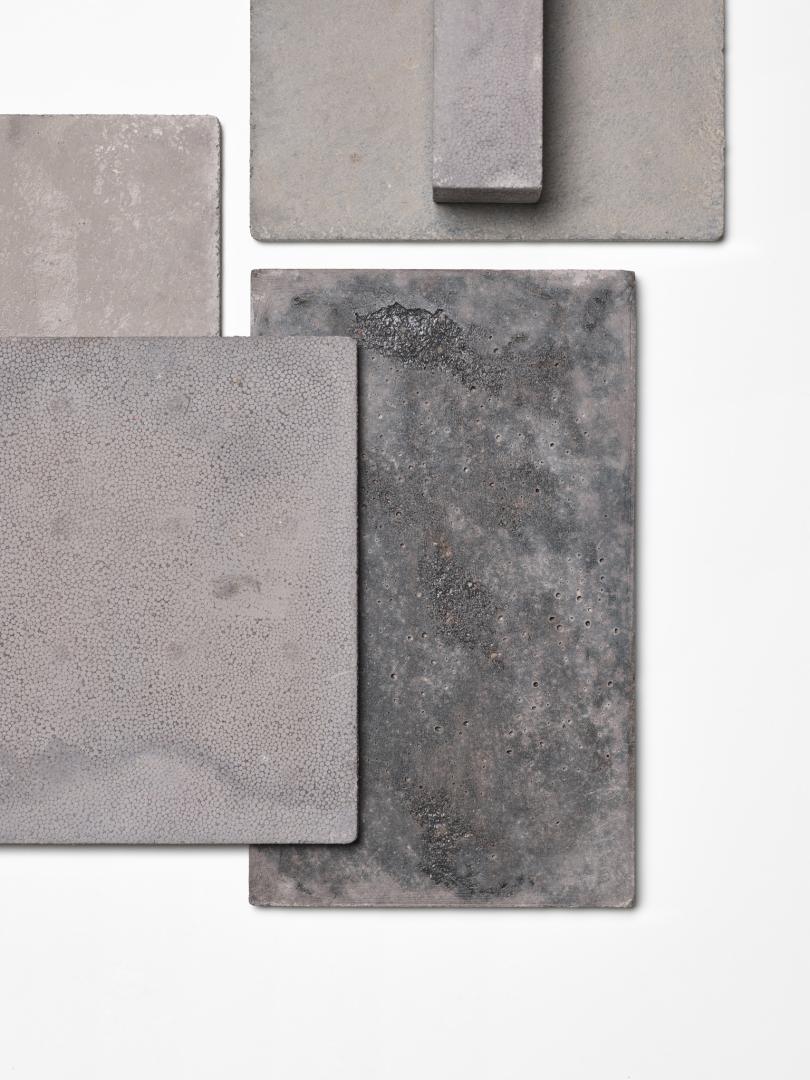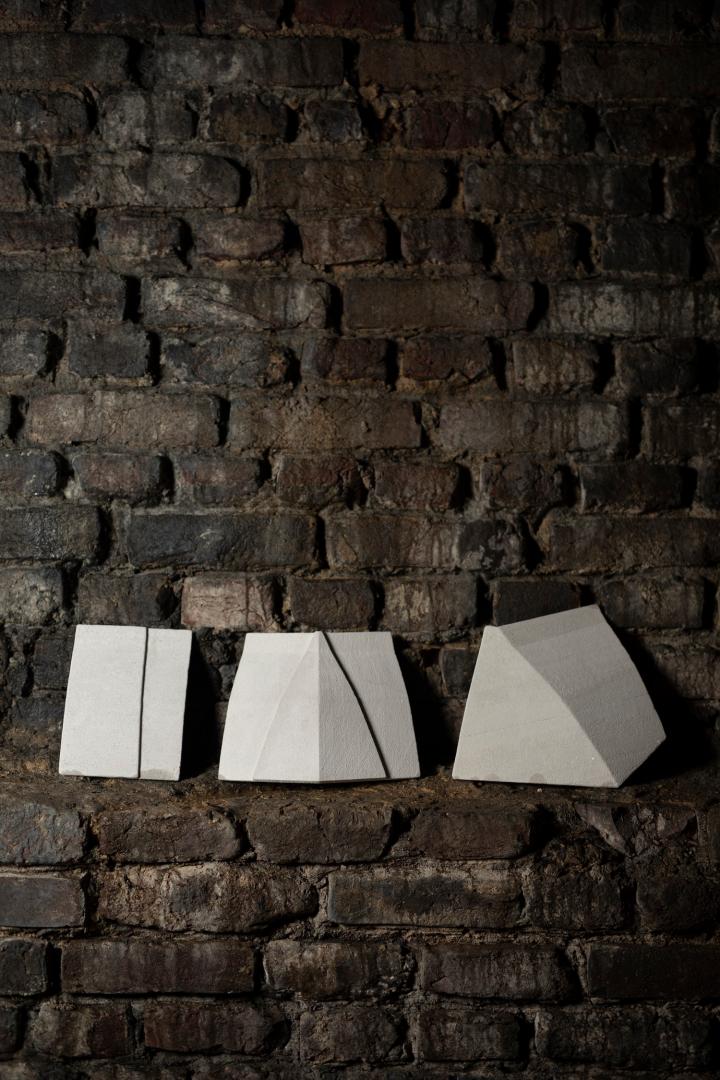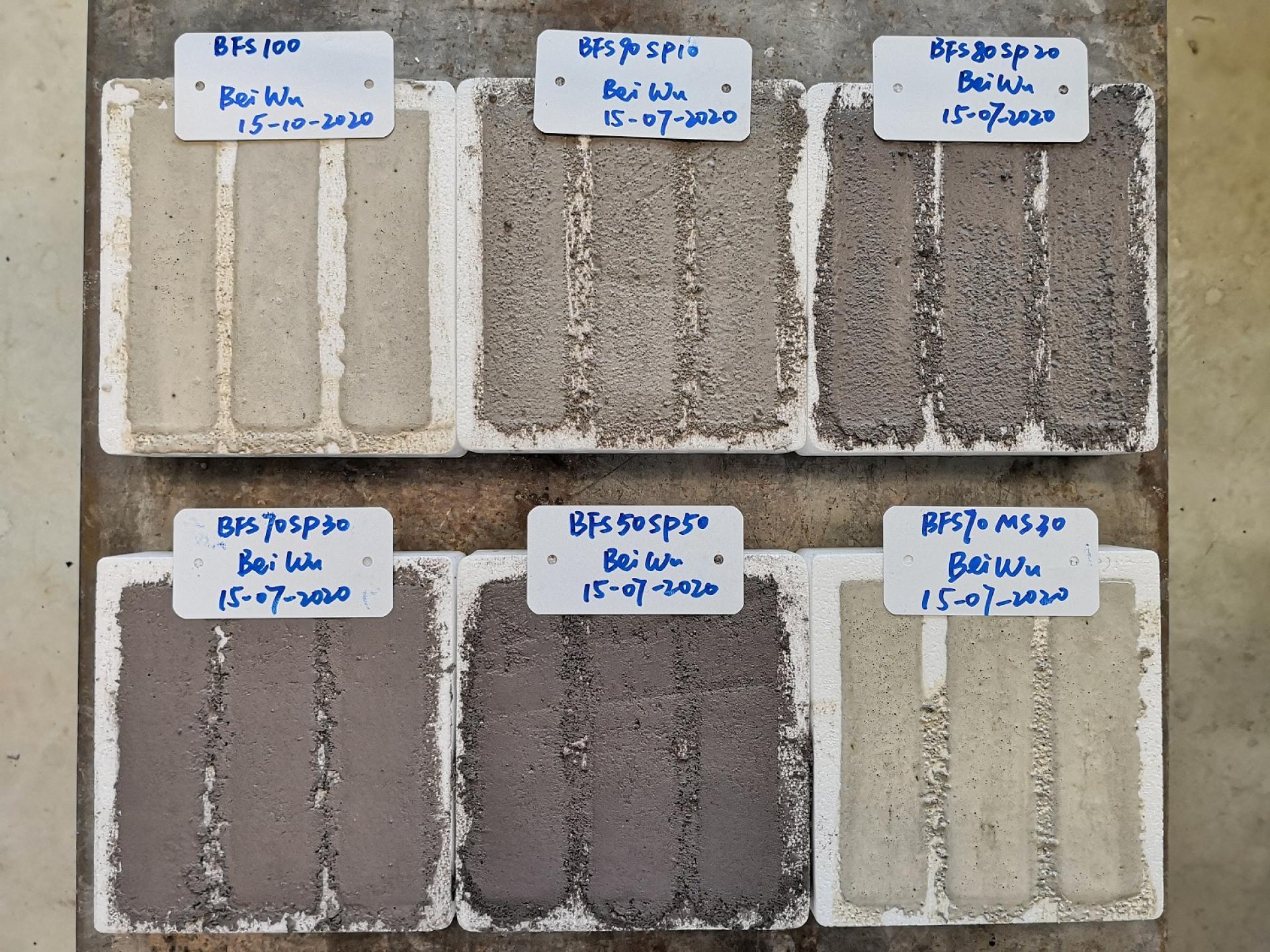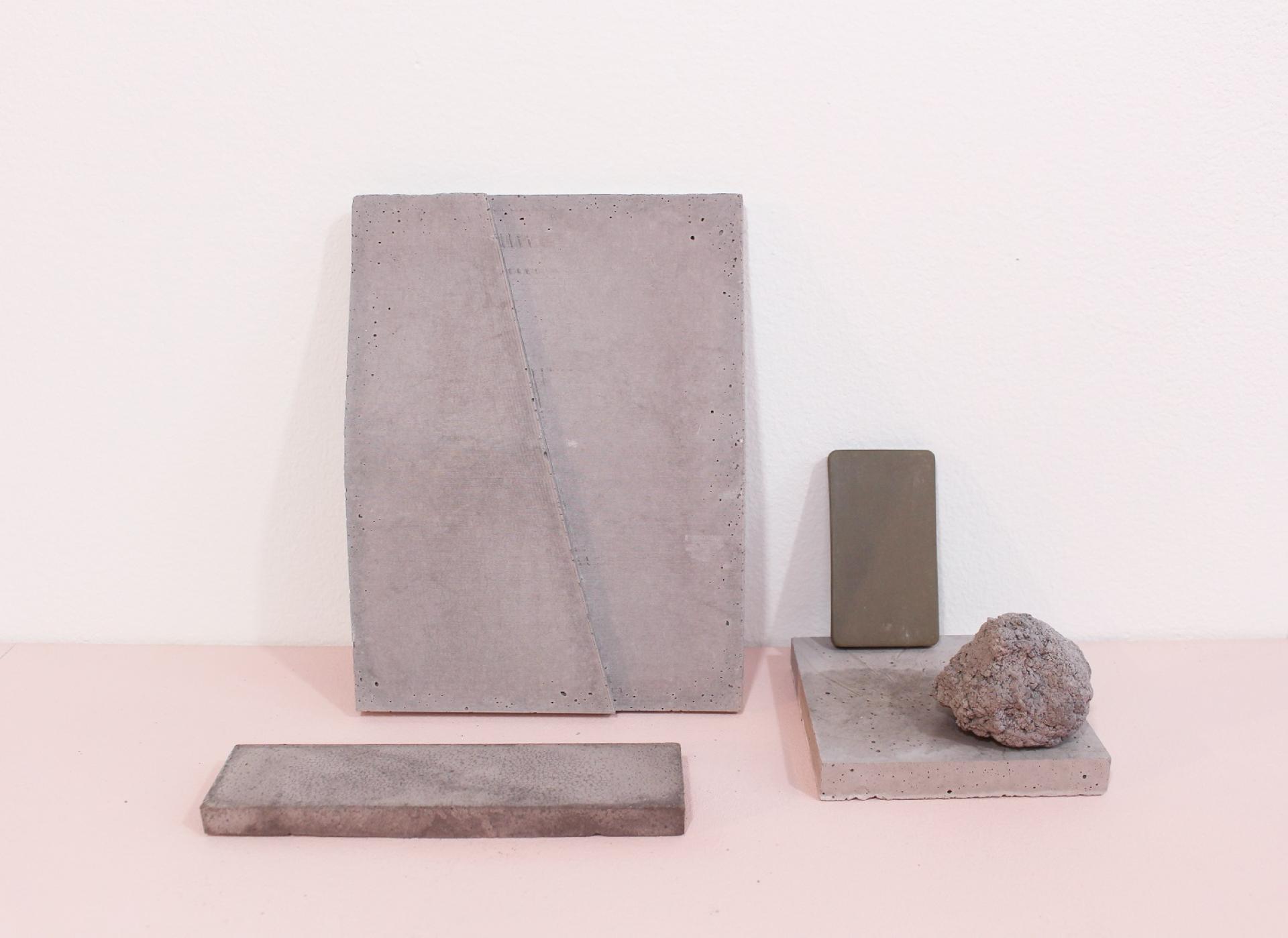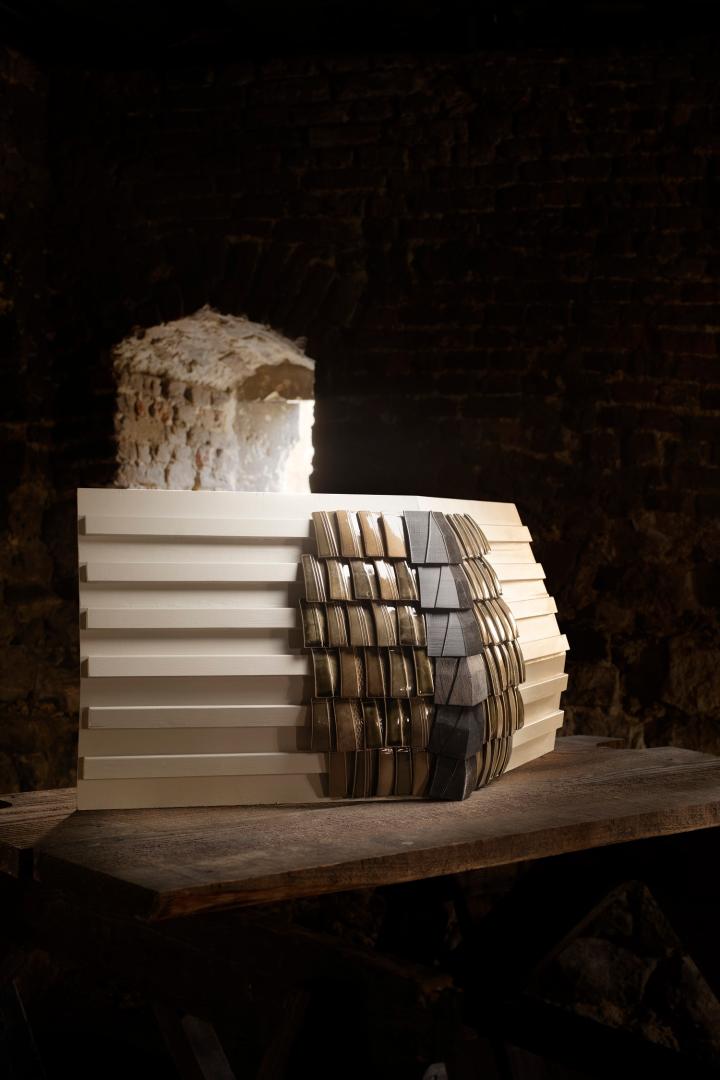Geo Slate
Basic information
Project Title
Full project title
Category
Project Description
Mining and quarrying are very destructive industries to the environment. They have a direct impact on the countryside by leaving tons of waste material, which are not used. In fact, in 2020 we are reaching a primary raw material shortage, many slate quarries have been closed in Europe. With project Geo Slate Studio Mixtura is aiming to bring alternative and rethink the usage of waste streams from the stone quarries and create valuable sustainable material with great aesthetics from mineral resid
Project Region
EU Programme or fund
Description of the project
Summary
Mining and quarrying are very destructive industries to the environment. They have a direct impact on the countryside by leaving tons of waste material, which are not used. In fact, in 2020 we are reaching a primary raw material shortage, many slate quarries have been closed in Europe. With project Geo Slate Studio Mixtura is aiming to bring alternative and rethink the usage of waste streams from the stone quarries and create valuable sustainable material with great aesthetics from mineral residues. Annually slate stone waste streams compose 600.000 tones per quarry. Together with partners TU Delft and Lei Import, Studio Mixtura is exploring different contemporary prototyping techniques to show the potential of the new material and modular facade tile system, which can be used in design and architecture.
Geo Slate Research Book https://issuu.com/dariabiryukova4/docs/geo_slate_research_book
https://www.studiomixtura.com/geo-slate
https://www.studiomixtura.com/slot-lab-tiles
Key objectives for sustainability
Slate Roof tiles have been used for centuries to cover historical monuments, churches, and castles in Europe. It has great features such as water resistance and durability and can last several hundred years, often with little or no maintenance. But due to today, major quarries of Slatestone in Europe have been closed. The production process is very unsustainable; only 3% of 100% of quarry material is sold on the market as slate. Geo Slate has been initiated as part of Slot Lab, for which Studio Mixtura is collaborating with 4 other design studios on a sustainable design proposal for the renovation of a Castle Schaesberg in province Limburg (The Netherlands). Within Slot Lab Studio Mixtura was investigating how we share the same building components with modern building technologies and how materials can be processed in a circular manner and used locally.
Studio Mixtura developed a Geo Slate material and a new modular tile system for the roof of Schaesberg Castle as an alternative to the traditional slate. The material for the Geo Slate comes from the residual flows that remain in the quarry after the slate extraction. During the production of slate, water is used to settle the slate in the air. The combination of dust and water results in sludge waste that is collected in filters. Every year this leads to 600,000 tons of sludge waste per quarry. Geo Slate material is based on the geopolymer technology, that is one of the new generations of low-carbon concrete, which can consume different types of industrial wastes to fulfil the requirements of the CO2 deduction for the cement and concrete industry.
Together with partners Concr3de, TU Delft, and Lei Import, Studio Mixtura is exploring different contemporary prototyping techniques to show the potential of the new material and modular facade tile system, which can be used in design and architecture.
Key objectives for aesthetics and quality
The first application of Geo Slate within Slot LAB is made for renovation purposes. But with the project Studio Mixtura targets not only restoration and preservation of historical buildings market segment. Geo Slate facade system would be a good solution for outdoor and indoor applications which can be valuable for the architectural material markets. Architects and developers are constantly in search of sustainable alternatives for existing primary materials as Slate stone, Geo Slate tiles and material will fulfil it. After the realization of the prototype, Studio Mixtura is aiming to find the right partner for scaling up and realisation of production in the Netherlands. As the large scale waste streams require a large scale industrial application, façade materials would be the focus for the first years of product development.
Beside Architectural applications, Geo Slate would find potential use in product design. Studio Mixtura is working on material research and design of sustainable solutions since 2015. There is a big gap between academic research and the design and implementation of new sustainable ideas in the market. The same could be applied for studies and material research around geopolymers. From a design perspective, Geo Slate project would give a boost for the research and crossovers between design, material study and architecture. It will bring new sustainable material to a wider range of designers and design brands who is willing to adopt new material in their practices. Due to similar properties to clay and non-cement concrete, Geo Slate would be possible to cast in different shapes and therefore there could be a large scale of durable application for it from furniture to lighting and other home accessories. Geo Slate material could be used in a series of furniture designed to push the boundaries and see how we can repurpose the waste streams from quarries.
Key objectives for inclusion
The project has been initiated as part of SlotLAB, for which Studio Mixtura is collaborating with architectural studios on a sustainable design proposal for the Slot Schaesberg in province Limburg (NL). The tower of the Slot Schaesberg in Landgraaf is being rebuilt with old crafts and materials. SlotLAB investigates how we share the same building components with modern building technologies and how materials can be processed in a circular manner and used locally. There are 6 'mirror projects' initiated within SlotLAB, Studio Mixtura was asked to come up with an alternative solution for special roof tiles of the Slot Schaesberg Tower.
During the first phase of the project, the research question has been defined and the first collaboration relation with partners was established. The idea of Geo Slate project is to make the restoration process of traditional architecture sustainable and with the usage of innovative techniques. The restoration process requires to strongly follow the authenticity of the original idea and preservation of a building. The innovation of this project consists of the ability to recreate the traditional material with a sustainable alternative. Since the primary raw material could not be sourced locally, also unique craftsmanship around it disappear. Original Slate Roof tiles could be shaped manually and adjusted to any complex shape of a roof. This makes the process of recreating the roof tiles with a new sustainable material very challenging. Research of Geo Slate would potentially have a big value for similar restoration projects worldwide.
Results in relation to category
The project has an impact on both categories Techniques, materials and processes for construction and design, and Preserved and transformed cultural heritage. With Geo Slate we presented to the market a material alternative that not only reduces the CO2 emissions but also proposes the valuable and aesthetic alternative to widely used Slate stone. The second objective - we developed the modular façade system and the modelling method that could be applied to every specific building differently. Cultural heritage needs to be preserved and our goal with Geo Slate project to show that the preservation can be done with the use of sustainable materials and techniques.
How Citizens benefit
For this project, we involved the local citizens and the community that participate in the renovation of Slot Schaesberg to get into a discussion and show the potential of modern technology as well we presented the material research and advantages of collaborations when tackling such complex projects. People believe and want to be their heritage preserved and correspond with memories and historical data available, but they are more willing to participate when it is about preservation, not one specific monument but the landscape, and environment in the complex.
Innovative character
For the project Geo Slate my studio collaborated with a research university, a recycling company and a rapid prototyping company, architects to make sure we overview the subject of material development from different angles. Each stakeholder brought valuable insides and feedback that allow the project to be further developed and introduce the wide knowledge to the subjects. In the case of this project innovative character is not only the design and the manufacturing method we have chosen but the creation of the collaboration itself. The ability to put the complex subject of the development of new material not by one specific company but by involving different parties and citizens.
We are living in a very interesting and challenging time. As a designer, I see a lot of opportunities in building bridges between different disciplines, industries, businesses on a research journey. The designer can see hidden value in what is considered waste for one party and turn it into a treasure by creating a beautiful sustainable material or product for others. I would like to inspire with my projects, show that it is possible to start a project with a bottom-up initiative and grow it to a larger scale without having big investments and commissions upfront. Geo Slate deserves a podium to show large industries that the time to make a shift towards a circular economy is now. Enough of conservative answers like ‘ we are very busy and have plenty of orders’, ‘the time did not come' 'it is for the future’. If I win an award it will make my message heard by a very wide international audience and will definitely give another spinoff for Geo Slate and bring the project one step further.

